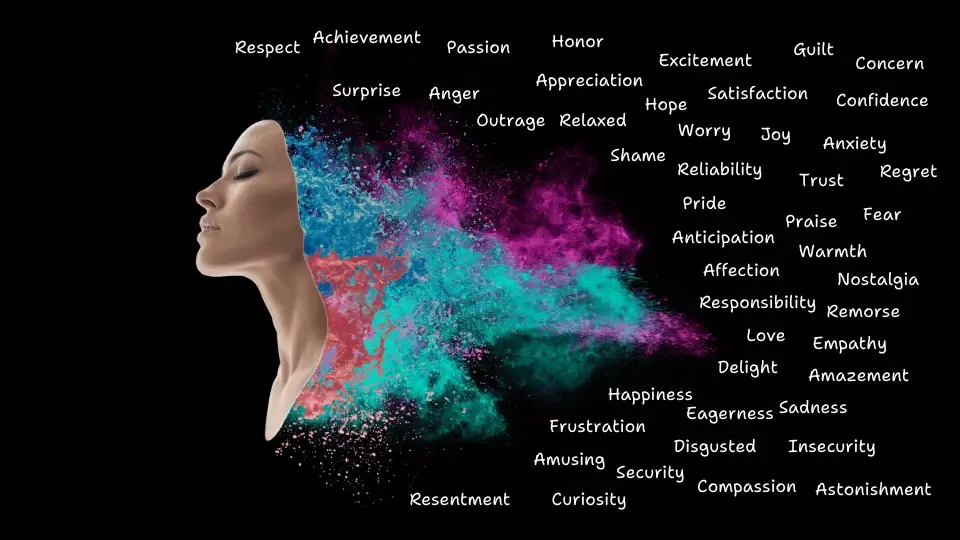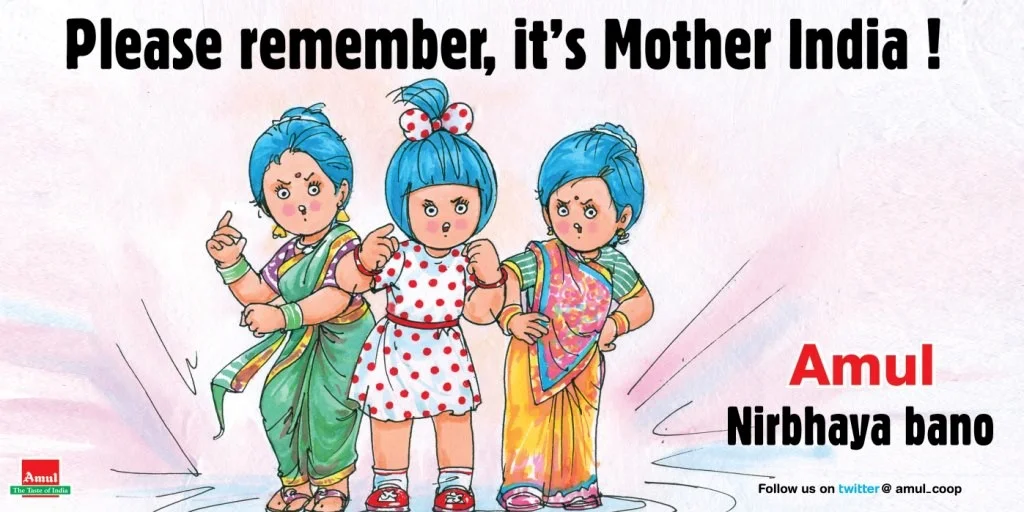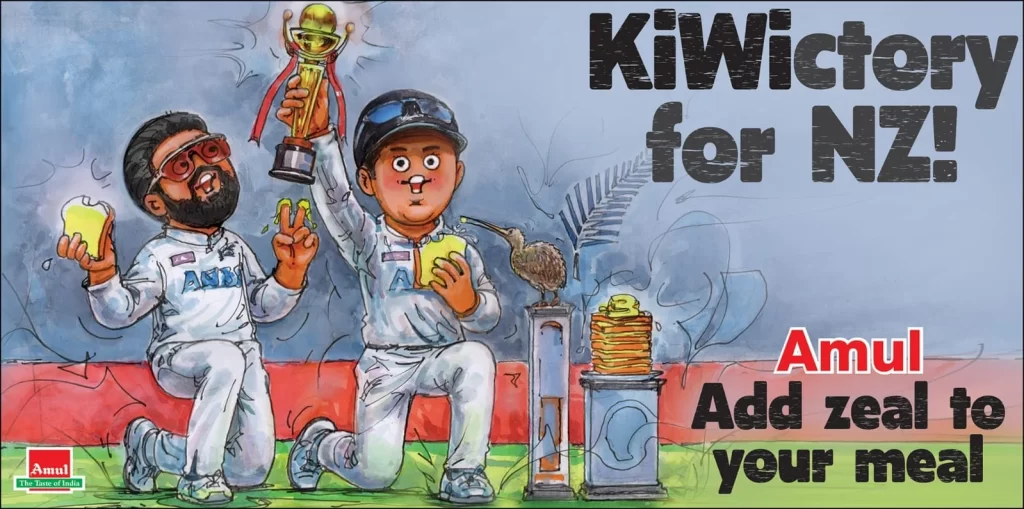7 Powerful Reasons Why Psychological Advertising Builds Brand Loyalty
Psychological advertising builds emotional bridges between brands and consumers — and that’s the secret behind long-term loyalty. In this blog, we’ll explore 7 powerful reasons why this strategy works so well:
- Emotional Triggers – Tapping into joy, nostalgia, trust, and humor to spark real connections
- Storytelling – Creating memorable brand moments that resonate and stick
- Shared Values – Aligning with the audience’s beliefs to build trust and belonging
- Nostalgia – Using emotional memories to deepen attachment to the brand
- Sensory Marketing – Engaging multiple senses for stronger brand recall
- Real-World Case Studies – Amul’s success story shows how emotions drive revenue
- Consistent Emotional Branding – Building familiarity and connection over time

Have you ever wondered why some brands are unforgettable while others fade away? The answer often lies in storytelling marketing—a powerful tool that turns brands into lasting memories by creating emotional connections with their audience.
The answer is simple—it’s how they make us feel through Psychological advertising.
Amul, an Indian dairy brand since 1946, has captured hearts using Psychological advertising. Amul is not just a name on a butter packet; it’s a story, a feeling, and a reminder of home.
Psychological marketing is about understanding what makes people feel special and valued.
Through storytelling, shared values, and sensory experiences, Amul shows that emotional connections can create brand loyalty that lasts a lifetime.
Let’s learn how Amul’s strategies can help other brands build strong relationships with their audience.
9 Surprising Psychological Facts That Make Ads Stick
- Emotions Drive Purchases: Studies show that 70% of purchasing decisions are based on emotions, not logic (McKinsey, 2019).
- Memories and Ads: Ads that use emotional storytelling are 22 times more memorable than those that just present facts (Harvard Business Review).
- Nostalgia Wins: Nostalgic marketing campaigns can boost emotional engagement by up to 55% (Nielsen, 2019).
- Fast Brain Reaction: The brain processes emotional cues in 0.05 seconds, faster than logical reasoning (Damasio, 2004).
- Better Brand Recall: Multisensory experiences (sight, sound, and smell) improve brand recall by 70%, making your brand unforgettable (Hartmann, 2006).
- Shared Values Matter: 60% of consumers are more likely to stay loyal to brands that align with their values (The Branded Mind).
- Humor’s Impact: Funny ads are more likely to go viral, increasing engagement by 35% on average compared to serious ads.
- Amul’s Legacy: Amul’s “Amul Girl” ads have been running for over 50 years, making it one of the longest-lasting ad campaigns in history.
- Music and Emotions: Ads with music that evokes happiness or nostalgia have 20% higher engagement rates.
Tip: Using these emotional triggers in your marketing can help you connect with your audience on a deeper level, just like Amul!
How Psychological Advertising Uses Emotional Triggers to Influence Buying Decisions
What Are Emotional Triggers?
Emotional triggers are cues that make people feel a certain way.
Research says emotions play a big role in why people buy things.
A McKinsey study found that 70% of buying decisions in India are based on emotions. This happens because the amygdala, the brain’s emotional centre, works faster than the logical part of the brain. This means emotional content stays with people longer.
How Amul Uses Emotional Triggers
Amul’s “Amul Girl” ads are famous for using emotional triggers like humor and nostalgia in advertising. These ads don’t just promote products; they make people laugh, feel proud, or remember happy times. This builds a strong bond between Amul and its customers.

Types of Emotional Triggers You Can Use:
- Joy and Humor: Make people smile. Amul’s funny ads are a perfect example.
- Nostalgia in advertising: Remind people of good memories. Amul often uses cultural moments that bring back childhood memories.
- Trust and Security: Show that your brand is reliable. Amul has built trust by being consistent and honest for decades.
Tip: Find out what emotional triggers work for your audience and use them in your content.
Psychological Advertising & Storytelling: How It Boosts Brand Recall by 22x
Why Storytelling Works
Storytelling works because it makes us feel something. Antonio Damasio, a brain expert, found that emotions play a big part in decision-making. Stories light up the brain, making them easy to remember.
Amul’s Way of Storytelling
Amul’s “Amul Girl” ads have been telling stories for over 50 years. These stories use humor and talk about current events. Each ad is relatable and simple, helping people connect with the brand. This is why Amul is still loved today.

Why Stories Are Powerful
- Trigger Emotions: Stories make people feel and think. Amul’s ads do this by adding humor to real-life situations.
- Create Memories: Stories are more memorable than plain facts. A Harvard Business Review article said stories are up to 22 times more memorable.
- Build Connections: People feel part of a group when they hear stories they relate to. Amul’s ads create a sense of pride and belonging.
Tip: Tell stories that relate to your audience’s life. Use simple and consistent stories to make your brand easy to remember.
How Shared Values and Nostalgia Boost Brand Trust
Why Shared Values Matter
People love brands that share their values and remind them of happy times. Emotional memories create strong bonds.
In The Branded Mind, Erik du Plessis explains that memories tied to emotions help build loyalty.
How Amul Uses Shared Values
Amul’s “Real Milk Real Happiness” campaign highlights honesty and authenticity—values many Indian families cherish. This makes customers feel understood and connected. Ads that show family traditions or childhood memories deepen this connection.
Watch: Real Milk Real Happiness with Amul Ice Cream
This video shows how Amul blends emotional storytelling with sensory appeal to build lasting brand connections. It supports the blog’s message on how psychological advertising fosters loyalty and engagement through emotion-driven content.
Key Takeaways:
- Amul taps into emotional triggers like happiness and nostalgia to connect with its audience.
- The campaign highlights how sensory elements (music, visuals) enhance brand recall.
- This real-world example shows how emotional advertising drives both loyalty and sales.
Why This Approach Works:
- Builds Trust: When a brand shows it understands what people care about, trust grows.
- Triggers Good Memories: Nostalgic advertisements activate the brain’s hippocampus, making memories stronger.
- Keeps People Loyal: Brands that reflect shared values get more loyal customers. Studies show that nostalgic ads boost emotional engagement by up to 55%.
Tip: Find out what your audience cares about and use those themes in your ads. Use images and stories that bring back happy memories.
How Sensory Ads Improve Brand Recall by 70%
What Is Sensory Marketing?
Sensory marketing involves using sights, sounds, and smells to create strong connections. Thom Hartmann says sensory cues are processed quickly by the brain, making them great for brand recall. When a brand uses multiple senses, it becomes easier to remember.
How Amul Does It
Amul uses the cheerful “Aage Badta Hai India,” catchy jingles, and even the smell of fresh bakery items in stores. These sensory touches make the brand stick in people’s minds.
Watch: Amul Milk – Aage Badta Hai India
This video showcases how Amul inspires collective progress and national pride through uplifting storytelling and music. It supports the blog’s theme of emotional and cultural resonance in psychological advertising.
Key Takeaways:
- The ad connects brand values with national pride and forward-thinking identity.
- It uses motivational visuals and an inspiring soundtrack to evoke positive emotions.
- Amul positions itself as more than a product—it’s a symbol of progress and unity.
Why It Works:
- Quick Response: The brain reacts fast to sensory cues.
- Stronger Bonds: Engaging more than one sense makes people feel closer to a brand.
- Better Recall: Using sights, sounds, or smells makes a brand more memorable. Research shows that multisensory experiences improve brand recall by up to 70%.
Tip: Use visuals, sounds, or scents that fit your brand. Be consistent to create a lasting impact.
Case Study: How Amul Grew Loyalty with Emotional Campaigns
In 2019, Amul launched the “Amul: The Taste of India” campaign for Indians living abroad. This campaign used emotional storytelling to remind people of home and childhood. The result? A 25% increase in sales among the Indian diaspora. This proves that using emotions and shared experiences can boost both engagement and revenue.
Watch: How Amul Uses Emotional Storytelling in “#Amul Milk: Mother’s Pure Love”
This heartwarming video by Amul reflects a mother’s love through the lens of brand trust and purity. It demonstrates how emotional cues like care, purity, and nostalgia create deep connections with audiences.
Key Takeaways:
- The video taps into the emotion of maternal love to build brand trust and purity perception.
- It subtly combines visual storytelling and gentle background music to strengthen emotional recall.
- This approach builds loyalty by connecting the product with values like care and tradition.
Brands that connect with their audience through emotions and shared stories can build strong loyalty, even across borders.
Conclusion: Why Emotions Win in Psychological Advertising
Amul’s marketing shows that emotional connections are the key to brand loyalty. By using emotional triggers, Sensory, shared values, and storytelling marketing, Amul has created deep, lasting relationships with its customers. The success of their “Amul: The Taste of India” campaign proves that Psychological Marketing works.
Brands that learn from Amul’s approach can build trust, make strong connections, and turn customers into loyal fans. Psychological marketing isn’t just a strategy—it’s what makes brands unforgettable.
References:
Damasio, A. (2004). Looking for Spinoza: Joy, sorrow, and the feeling brain. Harvest Books.
Hartmann, T. (2006). Brand & Brain: The Ultimate Guide to Building a Memorable Brand. Human Press.
McKinsey. (2019). The Indian consumer: A decade of change.
Picture & Video Courtesy: Amul
Note: The story is a fictional representation of Amul’s marketing strategy, based on real-life examples and research references.














